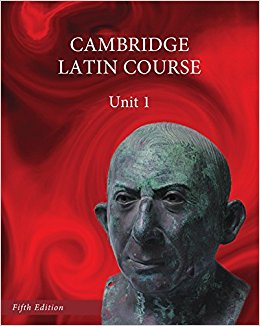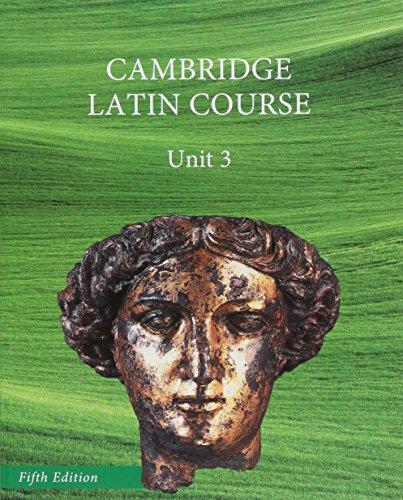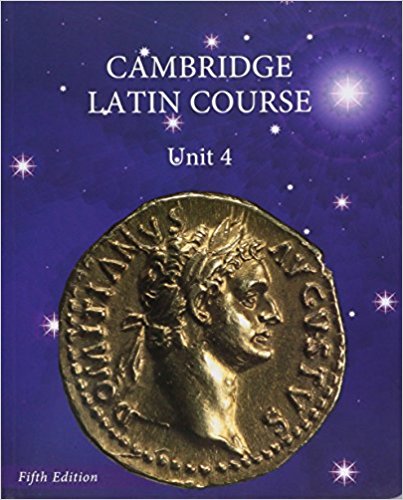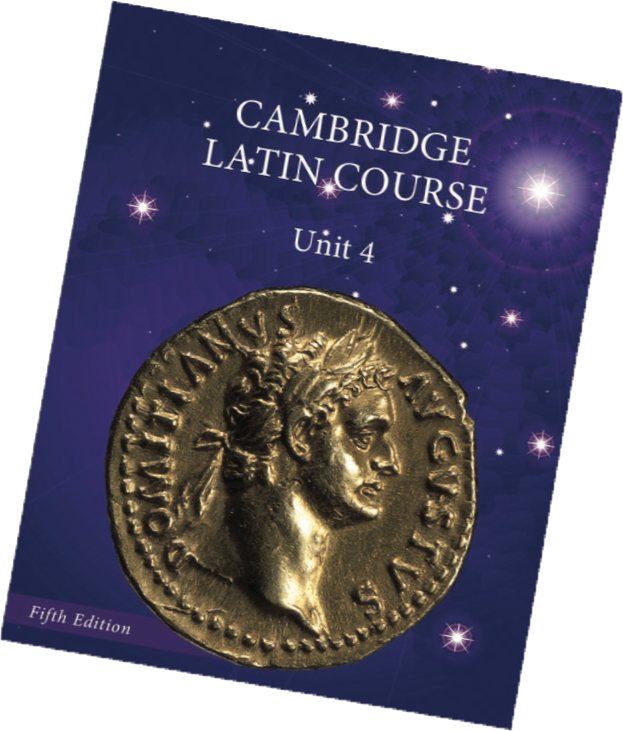Lions riding the waves... Birds dropping out of the sky... Fish in the trees... What's going on? Ask Titus and Publius, the boys adopted by Emperor Domitian, who are in the middle of their literary studies. But even their teacher, the famous Quintilian, can't account for the strangeness of Domitian who mysteriously summons them all to his study.
Digital Activities
These sections have been moved to the Cambridge Elevate platform. Please click below to go to Elevate. Elevate
WebBooks
The Stories
Practising the Language
Please note: the Cultural Background weblinks section has been removed.






















































 CSCP on Twitter
CSCP on Twitter